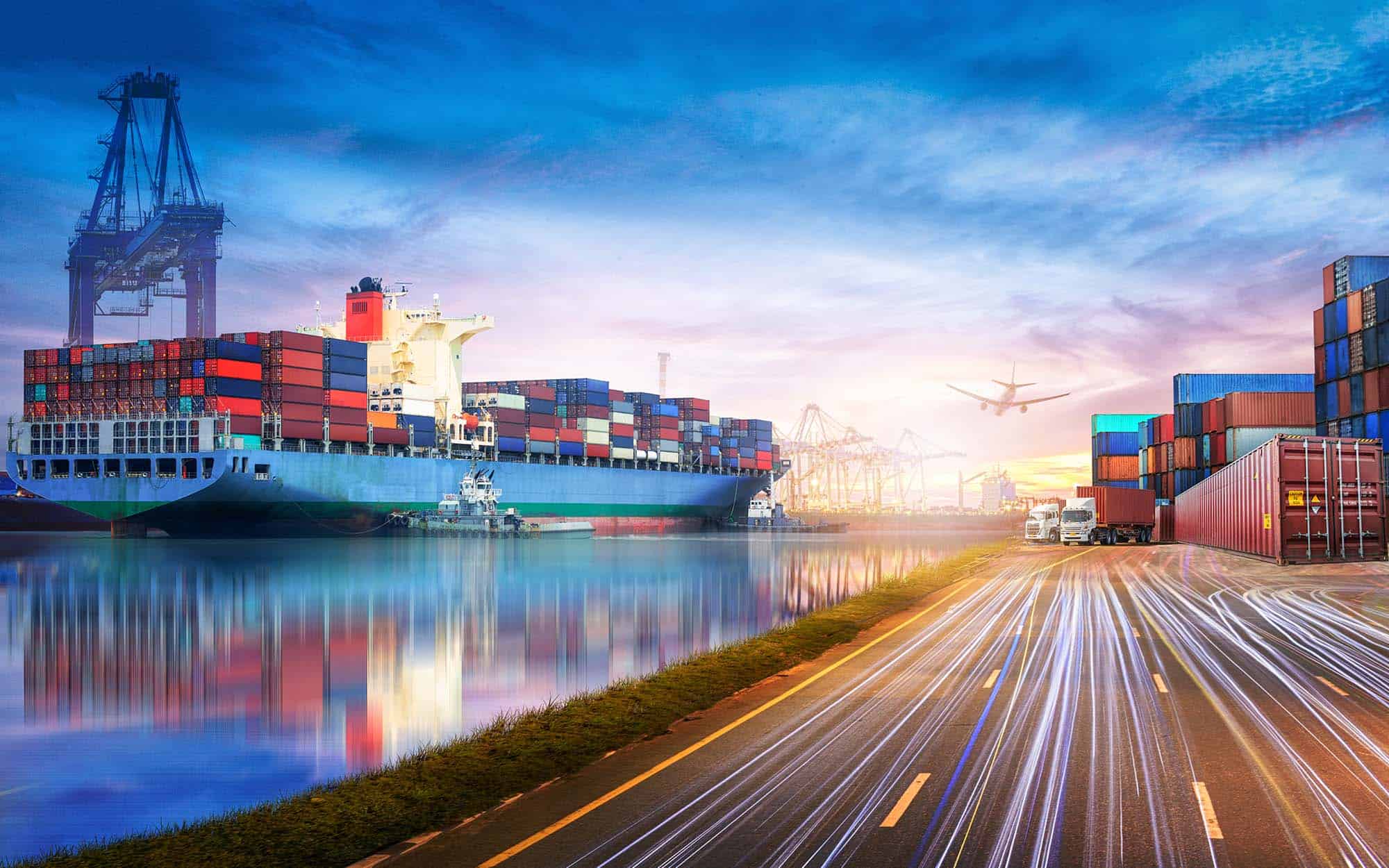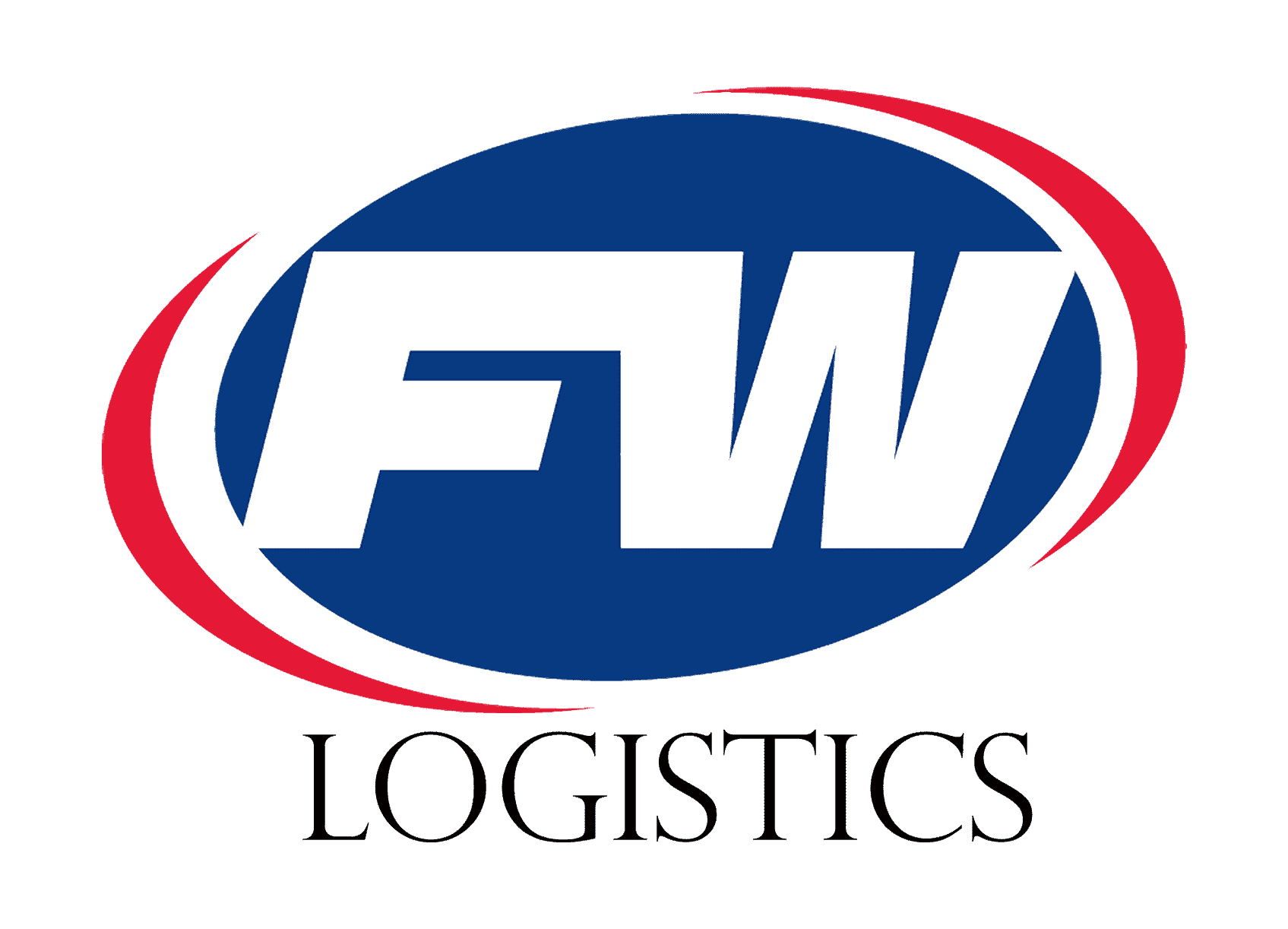
Food distribution is a vital part of society’s functioning. But how does your food get from Point A to B? Keep reading to find out how the food distribution process functions and where efficient warehousing comes into play.
With this guide, we’ll cover:
- The food supply chain process, front to back
- How efficient warehousing impacts the food distribution flow
- The four stages of food distribution
- The current state of the food distribution industry
The Food Supply Chain
The food supply chain comprises all the processing stages our food goes through—production, processing, distribution, and consumption.
Unfortunately, the longer the supply chain gets, the greater the chance food can get wasted or lost at each stage. It’s been estimated that the costs of food supply loss extend up to 1.2 trillion dollars.
Considering the detrimental effects of waste, warehouses must be in optimal shape to ensure the supply process goes smoothly.
Warehousing and the Food Supply Chain
There are many kinds of warehouses, but facilities must adhere to specific manufacturing standards to maintain food-grade safety. Some more apparent concerns cover building upkeep, keeping these spaces clean, and ensuring effective pest control.
The list of standards doesn’t stop there. Even more critical elements of food-grade warehousing lie in proper storage. To optimize safety, they have temperature-controlled environments that accommodate all kinds of food.
Additionally, facilities must have a high inventory turnover rate that ensures food doesn’t expire before it reaches grocery stores. To prevent this, products are shipped with the first-in-first-out (FIFO) method. To further ensure all safety measures are strictly followed, food-grade warehouses are registered with the FDA and subjected to frequent inspections.
Are you seeking more information about warehouse management systems? See how FW Logistics operates our food-grade warehouse facilities.
We Have the Certifications To Prove It
What Are the Four Stages of Food Distribution?
The food supply chain stages carefully integrate and provide a seamless system from beginning to end. While there are slight differences regarding if the food was locally sourced, if it needs to be processed, if it’s ready to eat, etc., the rest of the process is relatively the same. It can be explained in four steps.
Production
The production stage is where the food is sourced. Whether they grow, develop, or cultivate, food producers must abide by local and international legislation that mandates quality standards.
Processing
After leaving the production stage and undergoing handling and storage, the food supply gets turned over to processing and packaging. This stage is where food not ready to eat at production gets converted into an edible form.
Also, processors must consider any local or federally regulated packaging standards. Not only should food packaging meet specific criteria to guarantee safety and good quality, but stores and other retailers want their produce to look as appealing as possible.
Distribution
To understand the food distribution process in greater detail, you need to consider the role food service distributors play.
As the entities who handle storage during travel, they provide food and any related items to foodservice operators. This refers to anyone who provides consumers with food-related products, which could include a restaurant chef, convenience store, or even a hospital cafeteria.
Distributors use a combination of methods to fulfill their tasks—the first is through marketing and selling the products they deliver, and the second is via transportation and warehousing. It’s advantageous for operators to purchase food from distributors for a couple of reasons:
- It often eliminates the need to work with individual manufacturers like producers, growers, and farmers.
- Operators can take advantage of the marketing materials distributors naturally provide.
Additionally, the system gets even more intricate because of the many kinds of distributors:
- Broadline Distributors
- Specialty Distributors
- Cash and Carry Distributors
- Redistributors
Each caters to specific kinds of food service operators depending on their needs.
Consumption
After surviving the long distribution journey from the packaging plant to the final retail destination, the final stage of the chain is consumption. At the most basic level, this occurs when a customer purchases food from the retailer and consumes it.
The State of the Food Distribution Industry
The food distribution industry will always be a relevant portion of agriculture. However, as the food supply chain lengthens and concerns over food waste arise, people are questioning how to optimize the industry to be more efficient and environmentally friendly.
As such, people are trying to find points in the supply chain management system that can be minimized yet still effectively delivers products. Some have suggested methods that urge personal responsibility, like encouraging consumers to buy locally-sourced foods to simplify the distribution network.
Other suggestions have involved the final food supply chain stage—consumption. Since food also tends to go to waste within homes, consumers are encouraged to find ways to take advantage of every part of the food-related items they purchase from retailers.
FW Logistics – Providing Optimal Distribution Services
At FW Logistics, we’ll grow your business with our preferred logistics solutions that cover vital parts of the food supply chain and more.
Let us help give your business the competitive edge you deserve with our industry-leading, certified distribution centers. Curious about our logistics process? Contact us today.

